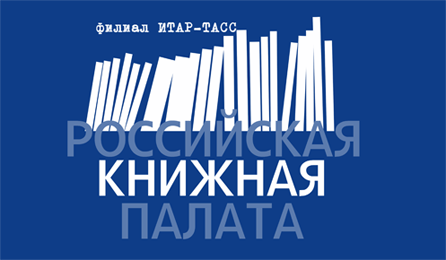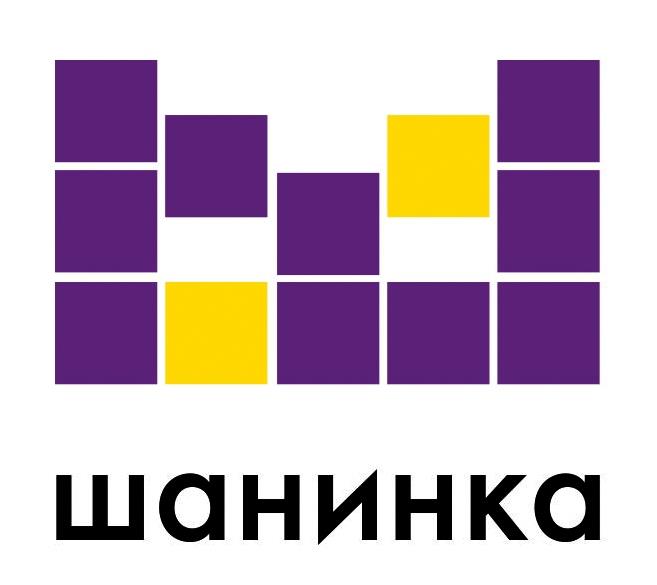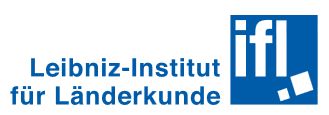Kuznetsov I.A. Stolypin agrarian reform and agricultural productivity of European Russia in the late 19th — early 20th century // The Russian Peasant Studies. 2021. V.6. №3. P. 42-78.
DOI: 10.22394/2500-1809-2021-6-3-42-78
Annotation
The author considers the links between measures of the Stolypin agrarian reform and indicators of the Russian agricultural development based on various statistical data: statistics of yields (Central Statistical Committee), statistics of grain prices and land management (Main Directorate of Land Management and Agriculture), data of the Ministry of Internal Affairs on peasant exits from the community, data from the survey of farms and allotments conducted by the GUZiZ in 1913. The author also uses data on the income from non-grain crops and animal husbandry, and on the cost of commercial outputs per unit of agricultural land on the eve of the First World War. Based on the analysis of statistics, the author refutes the idea that agriculture had passed the peak of progressive shifts before the reform and that the growth of agricultural production slowed down under the reform. The author reveals mistakes in the 1913 survey of yields, which makes its data invalid for studying the ratio of yields by farm type; uses the moving average method to smooth out annual fluctuations in the CSC statistics of yields; compares the indicators of the best five years before the reform with the indicators of the best five years of the reform to minimize the influence of weather fluctuations on the measurement of the grain production dynamics; calculates the shifts in yields of major crops; with the correlation analysis, identifies the relationship between shifts in yields and productivity for the selected periods under the Stolypin reform in 47 provinces of European Russia; studies the links of the reform with other indicators of the agrarian development; proves the significant positive links (mainly of medium strength and weak) between the peasant activity in the individualization of land tenure (exits from the community) and land use (farms on the allotments) under the reform, and the negative links between economic indicators and the development of group land management within the communal land tenure. Thus, the author insists that the previous historiographic statements about the absence of links between the reform and yields, and about the negative links between the registration of peasant land ownership and the increase in yields on allotments were not confirmed.
Keywords
Stolypin agrarian reform, agrarian history of Russia, agricultural statistics, productivity, land management, peasant community.
About the author
Kuznetsov Igor A., PhD (History), Senior Researcher, Russian Presidential Academy of National Economy and Public Administration. 119571 Moscow, Vernadskogo Prosp., 82.
E-mail: This email address is being protected from spambots. You need JavaScript enabled to view it.
Zverev V.V. To the anniversary of the half-forgotten book (V.P. Vorontsov’s Peasant Community) // The Russian Peasant Studies. 2021. V.6. №2. P. 6-44.
DOI: 10.22394/2500-1809-2021-6-2-6-44
Annotation
The article considers the main ideas of the outstanding Russian economist and publicist V.P. Vorontsov as represented in his work Peasant Community published in 1892. This book provides a detailed examination of the zemstvo statistical data in order to refute the theory of the rudimentary nature of the peasant community. To prove his ideas, Vorontsov used the objectivist approach in the selection and presentation of the data. He showed that in the post-reform era, the peasant community not only kept its functions of protecting the rural world but also developed new means for implementing the principles of equality and justice and for adapting peasants to the market economy. The peasant community resisted the commodity-money relations, but this resistance was not always effective. There was a growing individualistic trend which threatened to destroy the community organization. Vorontsov focused on the distribution-production functions of the peasant community rather than on its financial-tax, law-making, judicial functions and methods of social protection, and did not consider its representative, police, cultural-educational, religious functions or the contradictions between the communal nature of land relations and the individual economic practices of the peasantry. Vorontsov’s book is a real encyclopedia of the activities and worldview of the Russian peasantry in the second half of the 19th century.
Keywords
V.P. Vorontsov, peasant community, land redistribution, individualism of the peasantry, communal and household land tenure, agriculture.
About the author
Zverev Vasily V., DSc (History), Senior Researcher, Institute of Russian History of the Russian Academy of Sciences. 117292, Moscow, Dmitry Ulyanov St., 19.
E-mail: This email address is being protected from spambots. You need JavaScript enabled to view it.
Game theory: Models of conflict situations in the Volga villages of the early XX century
Jul 06 2017Shornikov E.I. Game theory: Models of conflict situations in the Volga villages of the early XX century // The Russian Peasant Studies. 2017. V.2. №2. P. 90-100.
DOI: 10.22394/2500-1809-2017-2-2-90-100
Annotation
The article considers the applicability of game theory for the study of conflicts in peasant communes in the first half of the XX century. Game theory models can explain peasant motives and behavior and reconstruct the decision-making in the commune under the conflict. Game theory can become a part of the historical analysis for it is an interdisciplinary approach that can reveal the logic of endogenous behavior within the commune and its interaction with external institutions and actors. The author provides different definitions of game theory and considers its potential for the analysis of peasant life. The article defines principles and prerequisites for constructing a mathematical model of the peasant commune behavior under the conflict, and factors that motivate peasants to follow a certain line of actions and to choose specific strategies in different situations. The main problem of the game model is the dependence of each ‘player’ on the actions of other ‘players’. The author presents a cognitive mathematical model based on the clash of interests of a manager (willing to increase economic efficiency) and a commune (willing to ensure justice on the principles of a moral economy and ethics of survival). Thus, the author identifies transactional and information functions of peasant revolts.
Keywords
peasant community, game theory, conflict, revolution, frankpledge, mathematical model, violence, survival ethics
About the author
Shornikov Evgeny I., Postgraduate Student, School of Public Policy, Russian Presidential Academy of National Economy and Public Administration. Russia, 119571, Moscow, prosp. Vernadskogo, 82.
E-mail: This email address is being protected from spambots. You need JavaScript enabled to view it.





















